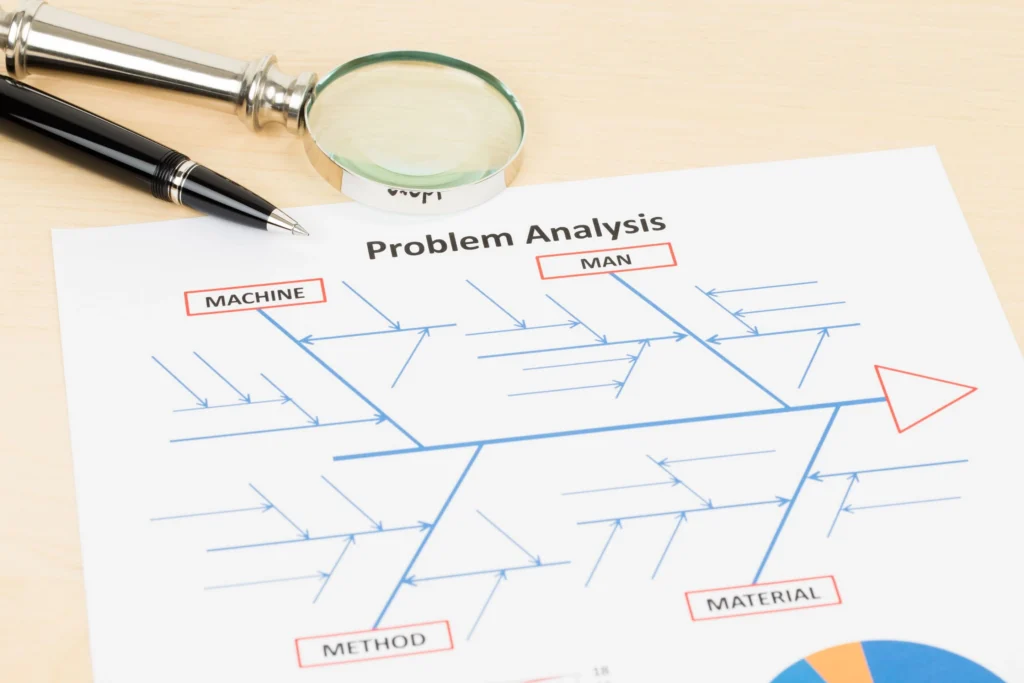INTRODUCTION FOR FISH BONE DIAGRAM
It sometimes seems that there is a never ending stream of problems to solve in business or working environment. Ironically, many are not new. They are recurring problems that never seem to go away. Using Fish Bone Diagram methodology, we can find the potential causes of the problem and come up with corrective and preventive actions to solve the problems.
LEARNING OBJECTIVE
At the end of this course, the participants will be able to :
- Used Fish Bone Diagram to find potential causes.
- Identify problems in a systematic ways.
- Identify potential causes effectively.
- Create action plans.
- Implement the action plans and follow-up.
WHO SHOULD ATTEND
Managers, Engineers, Supervisors, Clerical Staff, Line Leaders and staff involved with problem solving.
COURSE OUTLINE
The key content of the program includes the following:
Module 1
What is a Quality Audit?
- Introduction to Fish Bone Diagram.
- How to identify potential causes?
- How to differentiate between potential and actual causes.
Module 2
- How to identify the problems.
- Using brainstorming session to identify all the problems.
- How to collect data.
- What type of tools to use for collecting data.
Module 3
- Evaluation of the problem.
- Using Pareto Analysis to find the vital few.
- Description of the problem.
Module 4
- Investigate the problem.
- Using Fish Bone Diagram to identify the potential causes.
- Identify the potential causes under Man, Machine, Method, Material and
- Environment.
Module 5
- Analysis of the root cause of the problem.
- Using a Why-Why analysis to find the root cause of the problem.
- To go deep to find the actual root cause of problem.
Module 6
- Create action plans.
- Create a list of required task.
- Brainstorm for corrective actions.
Module 7
- Implementation of corrective actions.
- Simulate the corrective actions.
- Verification of the corrective actions..
Module 8
- Follow-up on implementation.
- Collect data.
- Verify the effectiveness.
Module 9
- Practical exercises on preparing Fish Bone Diagrams.


